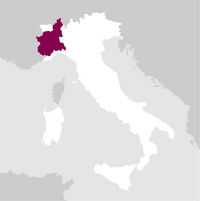Description
He was born in our best vineyards, the ones that always give us the most traditional and long-lived Barolo: Cannubi, Liste, Fossati and San Pietro of Viole in Barolo. A classic wine. A wine where the tradition is expressed through the assembly of five different crus that give the true Barolo.
Awards
Details

Perfume
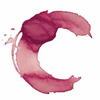
Color

Taste
Serve at:
18 - 20 °C.
Longevity:
10 - 15 years
Decanting time:
1 hour
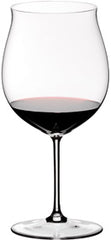
Pairings
- Start up year: 1761
- Oenologist: Simone Borsari
- Bottles produced: 250.000
- Hectares: 40
The winery has some interesting records: in 1861, Barolo Borgogno sealed the pact for the birth of Italian unity, and in 1908, it was served to the Tsar of all Russia during a visit to Racconigi.
The turning point came in 1920, when Cesare Borgogno began exporting abroad. However his greatest insight came when he decided to "forget" half of the production of Barolo Riserva in order to sell it 20 years later, realising the great versatility and power of Nebbiolo.
Borgogno is synonymous with slowness: the winery chooses to take its time understanding things and doing them correctly. The vineyards are cared for and attended to with only organic products.
This has resulted in the winery to gain their first Biological harvest.
The decision to plant forest on eight of their 39 hectars is to protect the biodiversity of the Langa fauna from being decimated by the cultivation of vineyards.
Borgogno has a sense of history, tradition, and roots that blend with the innovation of the changing times. Read more
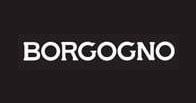
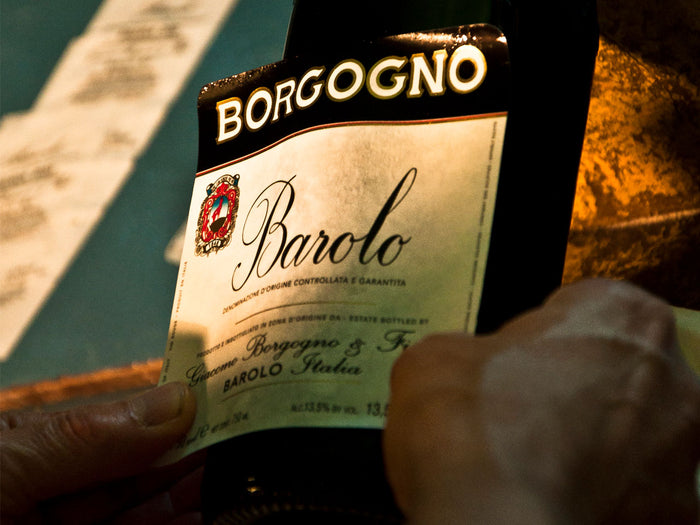
| Name | Giacomo Borgogno Barolo Riserva 2018 |
|---|---|
| Type | Red still |
| Denomination | Barolo DOCG |
| Vintage | 2018 |
| Size | 0,75 l |
| Alcohol content | 14.5% by volume |
| Grape varieties | 100% Nebbiolo |
| Country | Italy |
| Region | Piedmont |
| Vendor | Giacomo Borgogno e Figli |
| Origin | Barolo (CN) |
| Climate | Vineyard position: south/south-east. |
| Soil composition | Calcareous and clayey marl. |
| Cultivation system | Archetto variation of Guyot system. |
| Plants per hectare | 4000 plants/ha. |
| Harvest | September 29th - October 7th. |
| Fermentation temperature | At first 22-25 °C and at the end of the fermentation 29-30 °C. |
| Fermentation | About 2 weeks. |
| Wine making | Floating cap fermentation for about 2 weeks at controlled temperature (at first 22-25 °C and at the end of the fermentation 29-30 °C) and subsequent submerged cap maceration for 30 days. |
| Aging | Six years in Slavonia oak barrels with a further refining in bottle for 12 months. |
| Allergens | Contains sulphites |







